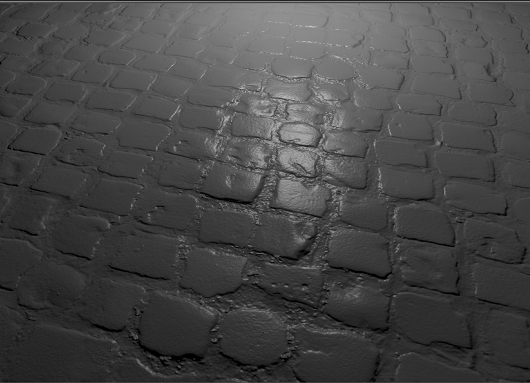VRED 2022.2
Learn about new features and improvements in this release of VRED. For technical details and bug fixes, see the 2022.2 release notes and recommended system requirements to ensure Autodesk VRED products are running to their potential.
What's New in 2022.2
Click on the cards below for further information.
Video captions: In VRED 2022.2, we added several new features which help you in your visualization process to get more efficient. We improved our streaming app and added a scrollbar to the UI. This indicates off screen options and helps to get a better orientation. Additionally, you can now join or create a collaboration session. So, you can use your mobile device, for example, and join a session from there. You will see all avatars of your team within the scene now, and they can see you, as well.
I also can now switch to other participants views. These additions give you so much more freedom in taking part on collaborations.
For a better performance monitoring, you can now enable a counter for the frames per second.
For VR, we added a new camera option which lets you use the camera height as the VR Ground Plane. With this option, you can mimic different persona heights. Just create a viewpoint with the desired height and enable the option here. Just enable the option in the Camera Editor, set your desired height, and create a viewpoint. Now you can access this viewpoint in VR, which brings you instantly into another persona's height, and you can explore the scene from there. For example, when setting the camera height to -200, I will be 200mm shorter in VR then.
The Asset installer brings multiple new great asset materials, such as asphalt, clay, used plastic or concrete, and a ton more. You can access them by downloading and installing the separate VRED Asset installer. Now, you can access them from the Asset Manger and drag them into the scene. See a complete list of the new materials on the documentation.
When creating your own material assets, we have added an option within the preferences, which lets you write textures of the material as an external separate file, instead of inlining them within the OSB file of the material asset. This saves disk space massively, as the inlined textures in the OSB file would normally be stored uncompressed, compared to the external one.
When talking about textures, we also added a new option in the normal map area. You can now flip the normal's texture in U and V direction, separately. Now, you don’t need to go back to an image editing software in order to fix wrong normal textures. Also, for textures and for saving the video cards memory, you can now enable OpenGl texture compression and clear GPU memory. This will be very helpful for users who don’t have much video memory.
Last but not least, we added the new AI driven supersampling (DLSS) from NVIDIA. This method uses an AI-based render technology which improves the graphic performance. It uses the AI to increase frame rates or image quality. Please visit NVIDIA's website for more information. In VRED, simply go to Realtime Antialiasing > Deep Learning Supersampling. Here you can set 5 different presets in order to optimize the scene to your needs. As you see here, I am reaching a much higher frame rate now when enabling the DLSS in the Raytracing mode. And this works perfectly in OpenGL, as well. This speeds up my visualization workflow massively and gives me more creative freedom. Thanks for watching the video!
2022.2 Additional Enhancements
These are some of the improvements found in 2022.2.
Clusters
- Improved load balancing and copy functions for GPU Raytracing clustering.
Documentation
What's New and Release Notes Improvements - Content listed in the What's New General Improvements and Release Notes Fixed Issues sections are now grouped for better discoverability.
Gifs - We've started adding gifs to quickly explain features and workflows.
Sharing - See Sharing Help Articles.
General
What's New and Release Notes Improvements - Content listed in the What's New General Improvements and Release Notes Fixed Issues sections are now grouped for better discoverability.
Partial Speos 2.1/2.2 Support for Ray Files - Added partial support for Speos 2.1 and Speos 2.2 format to help with reading problematic Ray files. Unsupported data, such as polarizaton, will be ignored.
GPU Raytracing
- Clear GPU Memory - Added the Clear GPU Memory preference to clear all geometries and textures when activating GPU Raytracing and provide more available GPU memory for raytracing. Find it in the Render Options > Visualization Advanced tab > Advanced Rendering section.
XR and VR
Flashlight - Replaced the previous VR flashlight with a new polygon model.

- Varjo VR-3 - Enabled Ultraleap hand tracking for Varjo VR-3.
Raytracing and Rendering
- Transparent Textures with Cutouts - Disabled mipmapping on transparency texture when cutout transparency is used in OpenGL.
- Full Image Sampling - Now, full image sampling is used for stillframe antialiasing, making it more scalable with larger clusters.
Scripting
- VRED_SHARED_SCRIPT_PLUGINS - Added the VRED_SHARED_SCRIPT_PLUGINS environment variable for shared script plugins. A new folder is created for general plugins, which can be used for all VRED installations.




